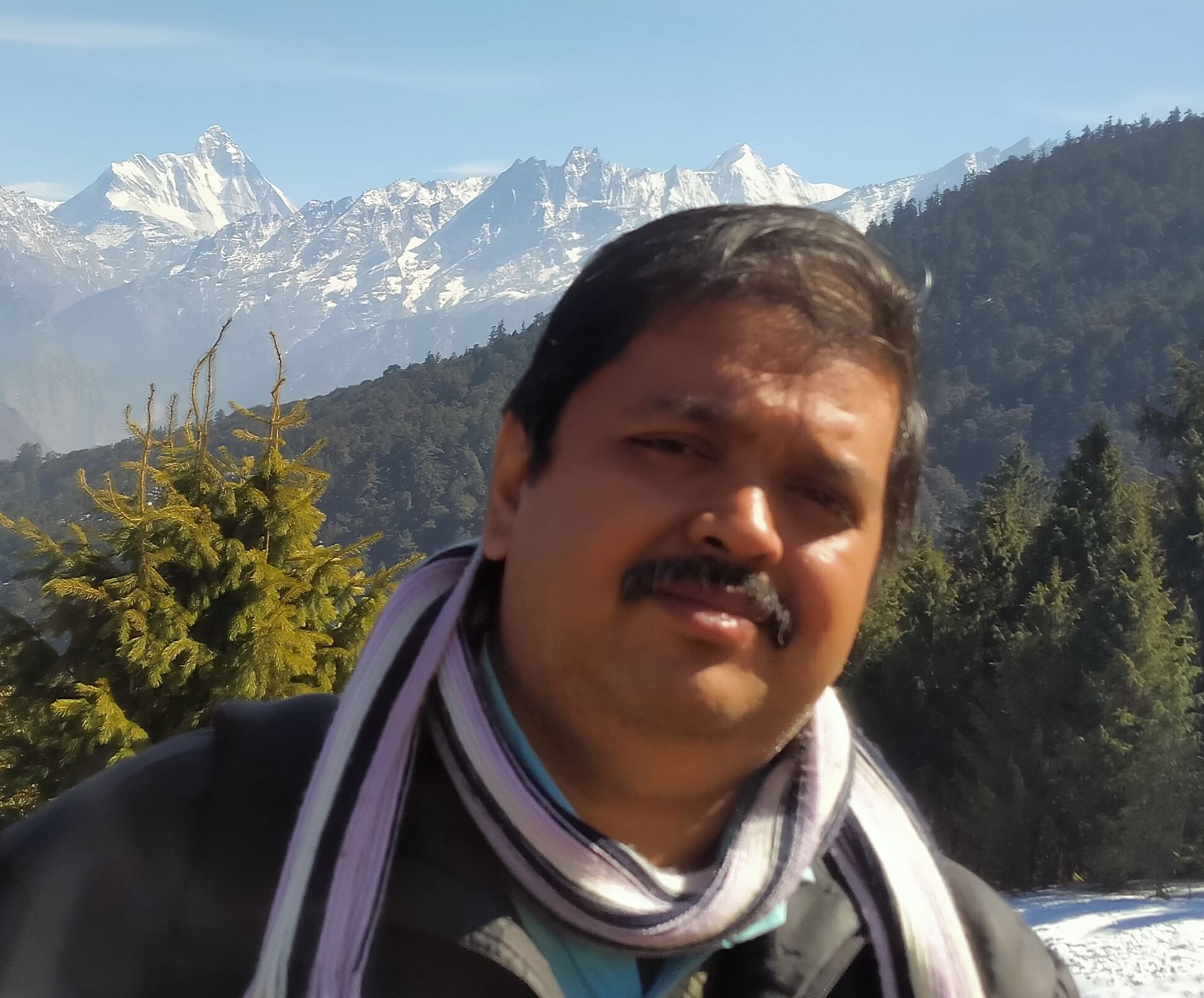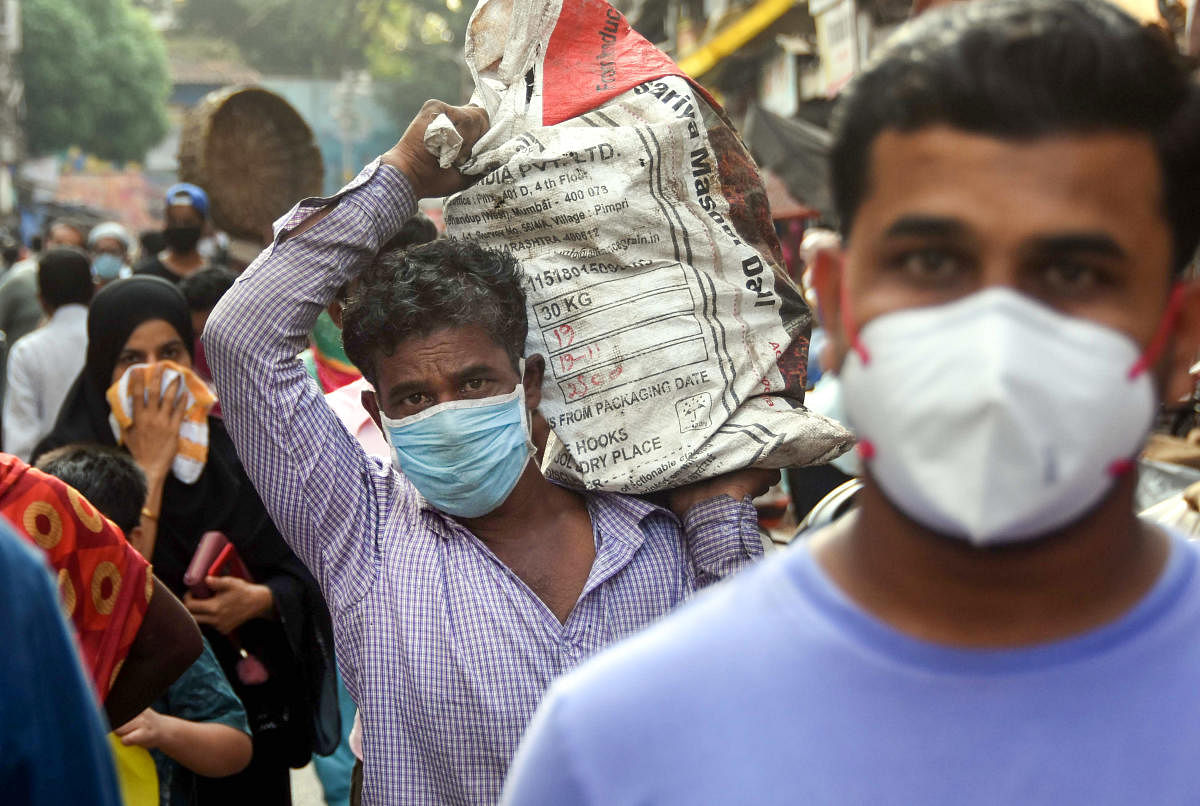
An 8 pm address by the Prime Minister on March 24 announcing an unprecedented 21-day lockdown starting midnight, people ignoring the government directives and violating quarantine, thousands of migrant workers streaming out of cities — walking along the highway to their homes hundreds of kilometres away; these are just some visuals that point to the huge public health crisis that we find ourselves in.
As on Saturday, there were more than 6.14 lakh COVID-19 patients across the world. India, with 918 COVID-19 patients officially, ranked 40th in the list of countries of viral outbreak.
The country, however, faces the challenge of dealing with an exponential increase in the number of cases if COVID-19 moves to the community transmission stage of the outbreak.
The pandemic has not only stirred India’s humongous healthcare network into action but also sharply brought into focus its severe shortcomings.
According to the National Health Profile-2019, released by the Central Bureau of Health Intelligence, India has 7,13,986 beds spread across 25,778 government hospitals. The Railways run 122 hospitals across the country with a cumulative 13,355 beds, while the Employees State Insurance Corporation has 155 hospitals with 21,931 beds.
Doctors from several government hospitals have also taken to social media to complain about the lack of personal protection equipment (PPE), N-95 masks for themselves and para-medical staff involved in treating the growing number of COVID-19 patients.
Government hospitals are also ill-equipped with ventilators – crucial for COVID-19 patients. As per the last count, government hospitals had about 8,432 ventilators across the country, while private hospitals had about 30,000 such devices.
On Friday, the government placed an order of 40,000 ventilators with public sector undertakings, asking them to ensure supplies by June.
A recent assessment by researchers at the University of Michigan School of Public Health stated that India may see up to 13 lakh COVID-19 patients by May 15, when the pandemic is expected to be at its peak. The researchers, however, said that strict restrictions on travel, social distancing and lockdowns could help India keep the number of infections to approximately 14,000 by mid-May.
The Indian Council of Medical Research (ICMR), through mathematical modelling, has predicted that by putting 50% of symptomatic patients under quarantine within three days of developing symptoms would reduce the total number of infected patients by 62%. Such a strategy would also reduce the peak prevalence of the disease by upto 90%, thus reducing the pressure on the already stretched public healthcare system.
Responding to the demand for testing, ICMR Director General Balram Bhargava says, “Indiscriminate testing is not the answer. Testing should be done only if there are symptoms. The only way to curb the spread is through isolation.”
The government has adopted an approach of monitoring the spread of the outbreak closely, trying to suppress its spread through measures such as lockdown, and ramp up medical infrastructure rapidly to prepare for peak demand, over the next couple of months.
On the health infrastructure front, Prime Minister Narendra Modi set aside Rs 15,000 crore as an immediate measure with directions to the state governments to make upgrading healthcare system their topmost priority for the next few months.
“It is clear that the existing health infrastructure cannot support any unprecedented increase in COVID-19 patients. India’s response has been measured. We now have to wait and watch on how the situation unfolds,” says Kalyan Ganguly, a senior scientist from ICMR.
Myriad problems
The buzz of imminent travel restrictions sparked off a large-scale exodus of migrant workers from cities such as Delhi, Mumbai, Pune, among others, triggering a scare about spread of the virus to the rural hinterland.
Medical experts have warned against such massive migration, which apparently caught the government unawares, prompting the Centre to issue advisory to the state governments to make arrangements for the stay and food of the migrant workers wherever they are in transit.
The enormity of the government response to contain the spread of the pandemic can be gauged from the massive surveillance exercise launched in Bhilwara, Rajasthan which reported a spike in cases due to negligence of doctors at a private hospital.
According to Rajasthan Health Minister Raghu Sharma, between March 19 and March 26, more than 300 teams of health workers screened over 5.33 lakh people in the urban parts of the district.
In addition, 1,900 teams of healthcare workers surveyed 21.6 lakh people across the rural parts of the district.
The focus of the Centre has been to set up dedicated hospitals to treat COVID-19 patients on a war footing. The Sports Authority of India has decided to offer its regional centres, hostels, and stadiums to set up quarantine centres, while Railways is exploring ways of turning its coaches, which are lying idle due to the lockdown, into isolation centres.
A total of 535 designated hospitals across Karnataka have been identified for the isolation and treatment of suspected COVID-19 cases out of which 203 are public health facilities, and 332 are private health facilities. As many as 48 government and 35 private hospitals have been identified as first responder hospitals in Bengaluru.
Tamil Nadu has made operational an exclusive 350-bedded hospital in Chennai to treat COVID-19 patients, besides setting up special wards in several district hospitals. In West Bengal, Dumurjala Stadium in Howrah has already been readied as a quarantine facility while Odisha government is setting up two 500-bedded hospitals in partnership with the private sector within a fortnight.
Kerala Chief Minister Pinarayi Vijayan has requisitioned the service of 1,640 doctors who retired from government service in recent years, final year nursing students besides seeking over 69,000 beds of private hospitals in the state and 5,600 ICU beds to treat Covid-19 patients.
Trying times
The biggest concern in these trying times is ensuring the well-being of the unorganised sector. Many states have announced welfare measures over and above the Centre’s financial aid.
The West Bengal government has decided to provide a monthly grant of Rs 1,000 to workers in the unorganised sectors.
In Bihar, the biggest challenge, however, remains the migrant workers who are returning in large numbers to the state. Many of them have already arrived from Maharashtra, Karnataka, Delhi and Punjab. The Nitish Kumar Government has allocated Rs 100 crore for food and shelter of such migrants.
The Uttar Pradesh government has set aside Rs 353 crore for cash handouts to 35 lakh daily wagers and labourers in the state, besides giving free food grain to every family.
With all these measures in place, the challenge before the government is to detect and isolate during the 21-day lockdown those persons already infected with the virus.
Despite the drastic measures of isolation and advisories of social distancing, the new cases of COVID-19 have surged pointing to the seriousness of the problem.
In addition, the callous behaviour of people, like that of an IAS officer who violated home quarantine orders and travelled all the way from Kerala to Uttar Pradesh, or incidents of senior government officials in West Bengal and Madhya Pradesh trying to hush up travel histories of their children and carry on business as usual, further threaten the efforts to control the spread of the pandemic.
(With inputs from Abhay Kumar, Arjun Raghunath, Sanjay Pandey, E T B Sivapriyan, Soumya Das, Suraksha P)

